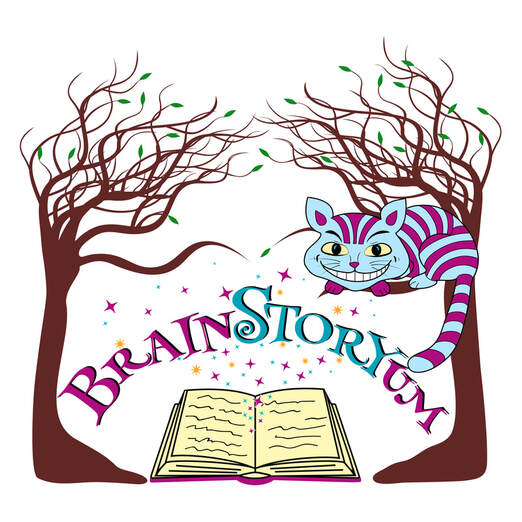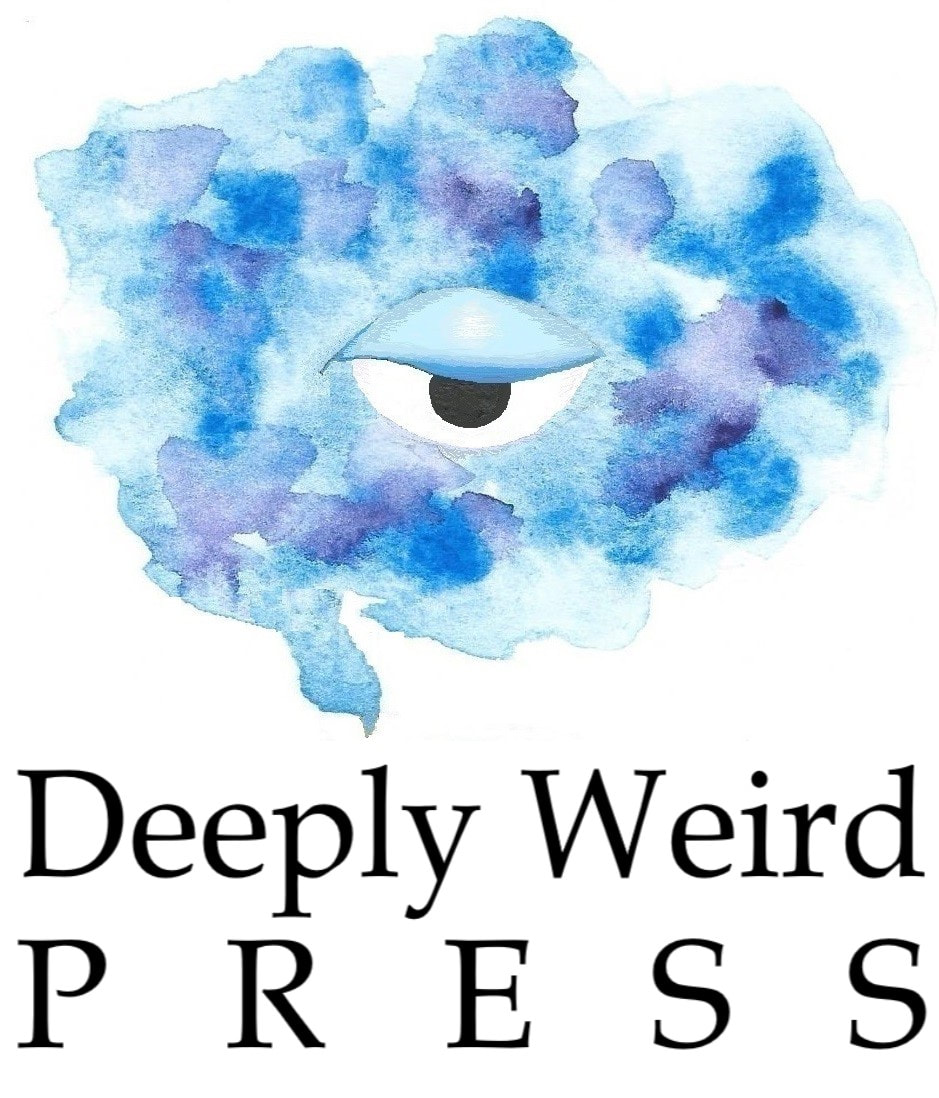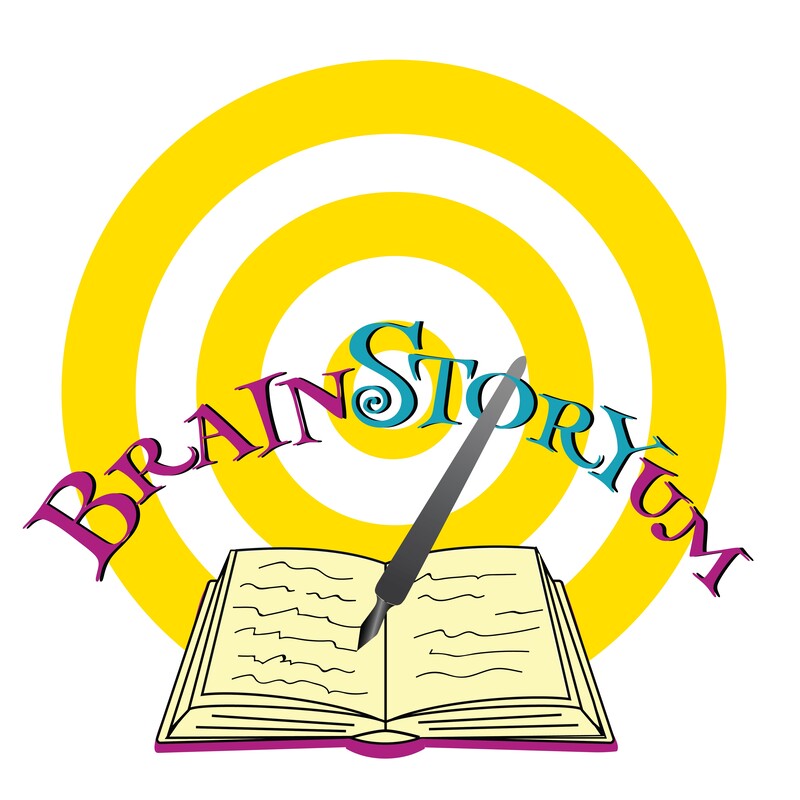#31. Alice in Wonderland Special! Writing Extremes and Plot Experiments - A Mad Hatter’s Tea Party22/7/2023 Today is all about the Mad Hatter’s Tea Party, the pinnacle of nonsense and mayhem in Wonderland.
|
|
What readers are sayingReview of The Empty Danger: 5.0 out of 5 stars |
Contact |


